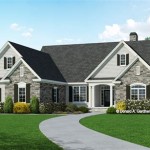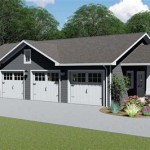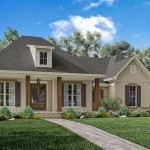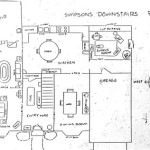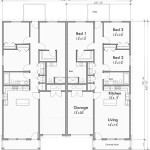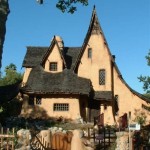Plan View of the White House: Unraveling its Architectural Intricacies
The White House, an iconic landmark embodying American history and democracy, boasts an intriguing plan view that reveals the intricate details of its architectural design. Exploring the plan view offers valuable insights into the building's spatial organization, circulation patterns, and functional relationships.
Central Corridor and Public Rooms
The plan view showcases the central corridor, a prominent feature that divides the building into east and west wings. This grand axis serves as the main circulation route, connecting the public rooms on the State Floor. The East Room, Blue Room, Green Room, and Red Room flank the corridor, each adorned with opulent decorations and furnishings.
Oval Office and Residential Quarters
On the west side of the central corridor lies the Oval Office, the iconic workspace of the President of the United States. Its elliptical shape and strategic location provide optimal privacy and accessibility. The residential quarters occupy the second and third floors, offering a private retreat for the First Family. These spaces include bedrooms, a kitchen, a family dining room, and entertainment areas.
Wings and Basement
The east and west wings, extending from the central corridor, house various offices, meeting rooms, and support facilities. The East Wing houses the East Garden Room, Lincoln Bedroom, and Treaty Room. The West Wing includes the Vice President's office, Situation Room, Press Briefing Room, and West Colonnade. The basement level accommodates logistical functions, including kitchens, storage areas, and mechanical equipment.
Symmetry and Axiality
A striking aspect of the plan view is the building's symmetry and axiality. The central corridor and State Floor rooms form a balanced composition, with each element aligned along a central axis. This emphasis on symmetry reflects the neoclassical architectural style adopted by James Hoban, the designer of the White House.
Functional Relationships
The plan view reveals the functional relationships between different spaces within the building. The public rooms on the State Floor are designed for ceremonial functions and receptions. The Oval Office serves as a central hub for decision-making and political activities. The residential quarters provide a private haven for the First Family. The East and West Wings accommodate administrative and operational functions.
Historical Significance
The plan view of the White House also holds historical significance. It illustrates the evolution of the building over time, with additions and modifications made by various occupants and architects. The East and West Wings were added in the 19th century, and the Oval Office was established during the Roosevelt Administration. These changes reflect the changing needs and functions of the White House as the seat of American governance.
Conclusion
Exploring the plan view of the White House provides a deeper understanding of its architectural design and historical significance. The central corridor, public rooms, Oval Office, residential quarters, wings, basement, symmetry, functional relationships, and historical evolution are all essential aspects that shape the building's character and purpose. The plan view serves as a valuable tool for architects, historians, and anyone interested in the intricacies of this iconic American landmark.

The White House Archisyllogy

First Floor White House Museum Tour Plans

Inside America S Most Famous Residential Address Businessinsider

What You Ll Never See On The White House Tour Dc Layouts

What The White House Could Have Looked Like Europeana
5 Wildly Diffe White House Designs That Could Have Been

What The White House Could Have Looked Like Europeana

General White House And Dc Ronald Reagan
5 Wildly Diffe White House Designs That Could Have Been

Temporary Area Closures The White House And President S Park U National Service


